A chilling tale
Though Madrid’s museums are wonderful places all year round, they’re particularly tempting in summer when the temperatures outside soar. Air-conditioned refuges from the unrelenting heat. However, one museum in particular is guaranteed to deliver a shiver right down your spine, not just because of its artificially chilled air, but because its rows of antique cabinets filled with human skulls give it a distinctly ghoulish feel. My interest piqued on a recent trip to the Museum of Anthropology, I decided to dig a little deeper into its history. What I discovered, dear reader, is a true tale that is not for the faint of heart!

May I be granted corpses!
The museum was founded by the renowned doctor Doctor Pedro González de Velasco in 1875. When he opened part of his own residence up to the public he boldly declared: “May I be granted corpses so that I can teach the living!” Perhaps he should have been more specific about whose corpses, because not long afterwards his beloved daughter Concha was struck down at the tender age of 15. Velasco had nobody else to blame but himself for her death. Not because he had tempted fate with his bold words, but because he really was responsible for her demise. A fact that drove him to commit a heinous act that would both terrify and scandalise all Madrid.

After contracting typhus 10 years previously, Concha had been entrusted to the care of Velasco’s esteemed colleague Doctor Benavente (father of the famous novelist Jacinto Benavente). However, alarmed by her worsening condition, Velasco administered a strong purgative to his daughter without consulting her physician. The results were immediate and devastating – internal haemorrhaging leading to her death.
Crippling remorse
Gripped by remorse, Velasco put all his anatomical know-how to good use and embalmed her body himself before burying her. But that wasn’t the end of it. He could not allow himself to forget her and plastered his mansion with pictures of her. Obsessed and in the grip of a terrible mania, four years later he had Concha exhumed from the cemetery of San Isidro.
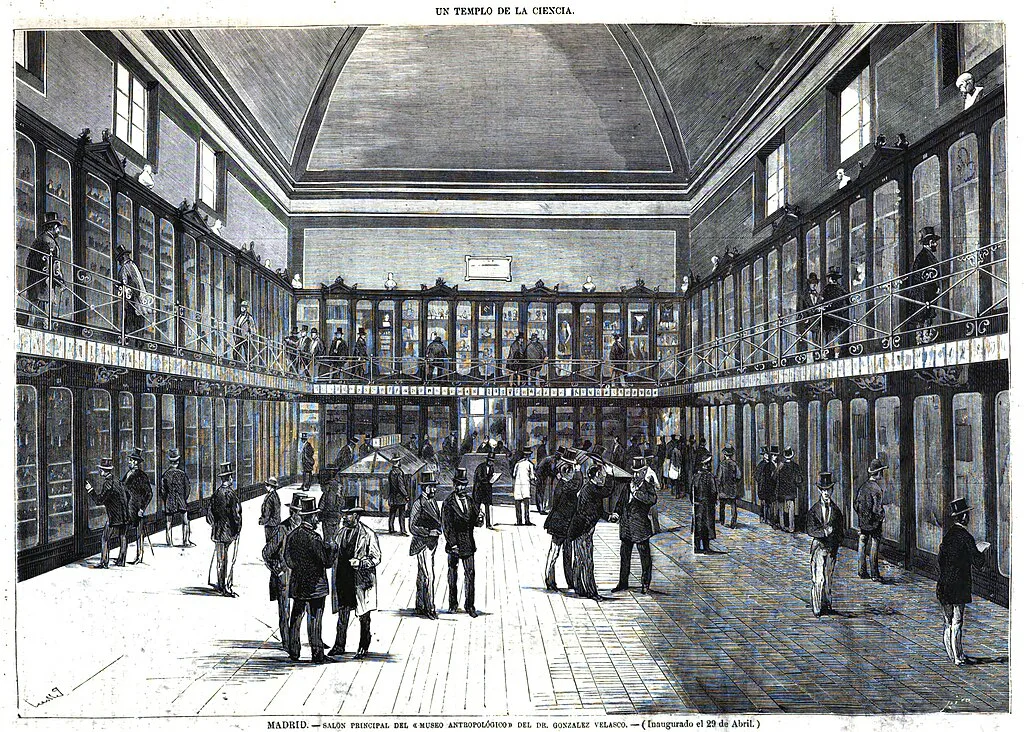
According to an account by Doctor Pulido, a respected physician at that time, when the coffin was opened, the body was so well preserved that Doctor Velasco was moved to embrace it. His features lighting up with manic delight, he brought Concha home with him and, much to the horror of his wife, began to live alongside the mummified remains.

Corpse bride
Rumours flew around Madrid of Velasco dining with his daughter, talking to her and even walking around Retiro with her. Concha’s ex-fiancé Teodoro Muñoz Sedeño was also dragged into the scandal; it was said that he’d been seen approaching the house from a carriage with the inert body of a woman dressed as a bride.
Finally, Velasco was made to see sense and, years later, Concha’s corpse was reburied, but not before untold damage had been done to his reputation. After losing many clients, he was finally bankrupted. A tragic end to the career of a man who risen from practically nothing to being one of the most well-respected doctor’s of the day. There’s even a street named in his memory and, if you visit the museum you can see his portrait hanging on the wall in a room full of skeletons.
Graveyard humour
But the story doesn’t end there, because tucked away in Complutense University’s Faculty of Medicine is a corpse labelled, “Velasco’s daughter’s mummy? Who could it be, if not?” Actually, this is a bit of a dark joke played on gullible medical students, because in 1999, it was decided that these were the remains of Carmen Tarín y Perdiguero, a young girl who had died of tuberculosis. Her cadaver had been delivered to Velasco for study. While in Velasco’s care, it was “accidentally” mummified in a chemical bath, an incident that begs the question, “Which corpse came first?” And perhaps even more terrifyingly, “If Carmen came before Concha, had Velasco been practising?” Could he have preferred a mummified daughter to a real life teenage one?
Postscript: I came across this story while doing research for my upcoming ghost tour. While it’s one of my favourites, it didn’t fit neatly along my planned route, so I had to cut it. If you are interested in this tour, or indeed any of the other unique walking tours I have on offer, do get in touch.
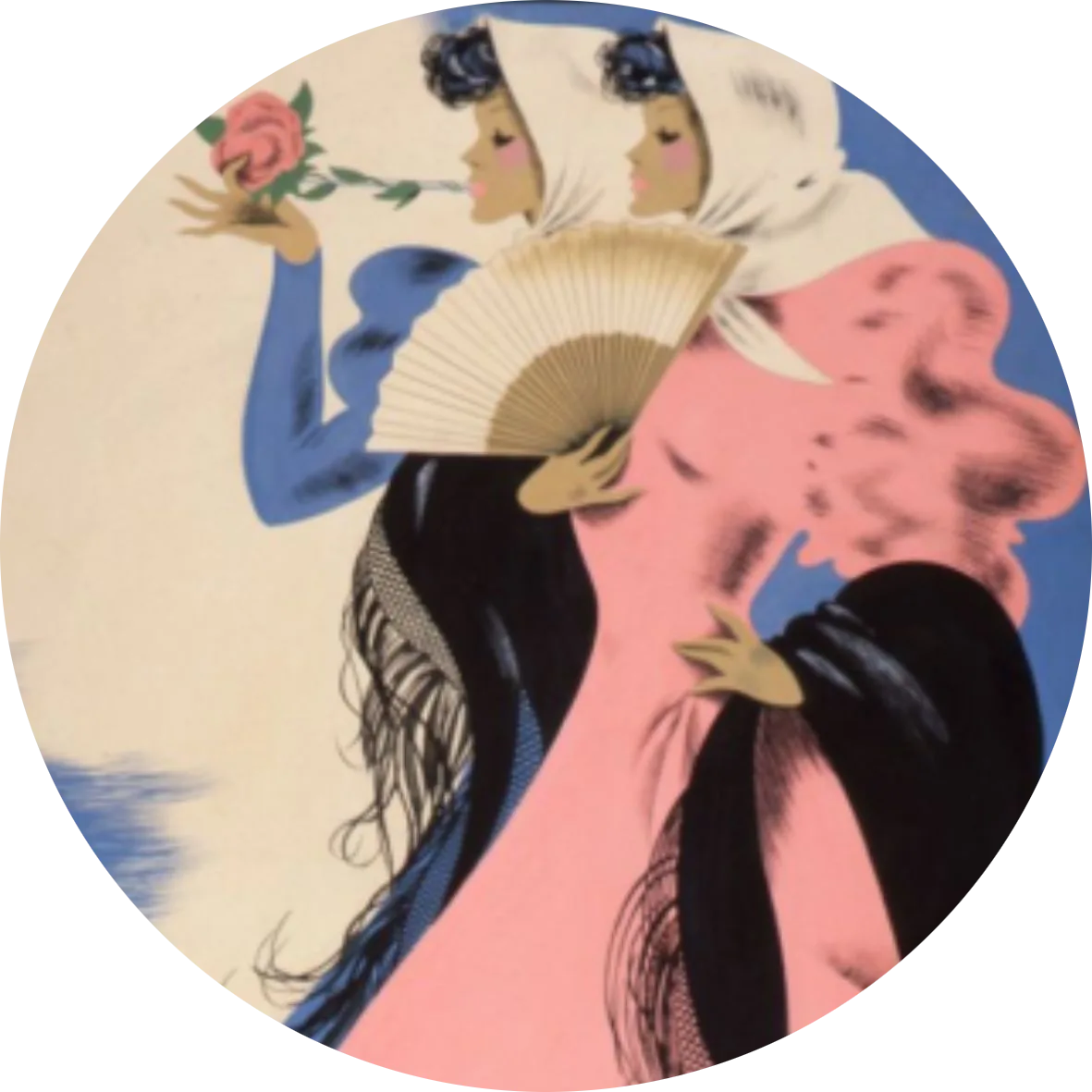

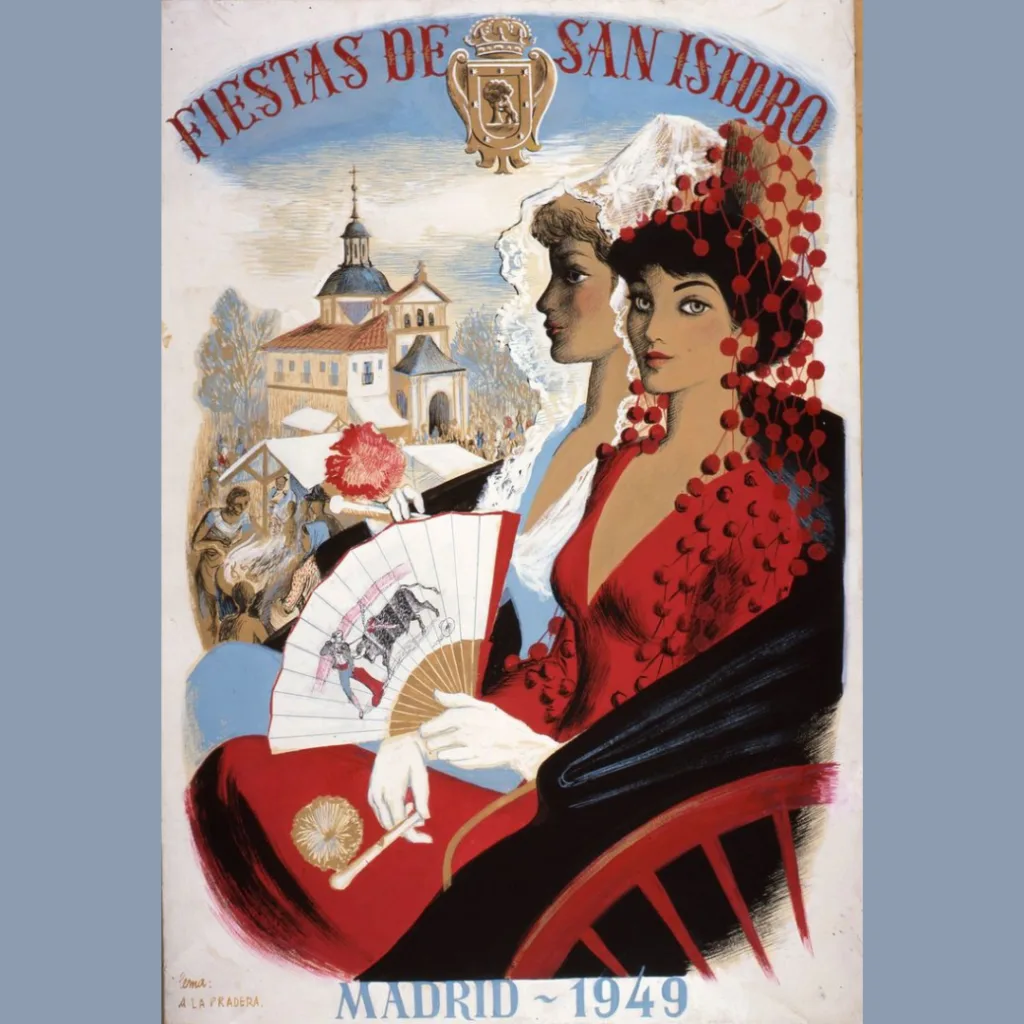
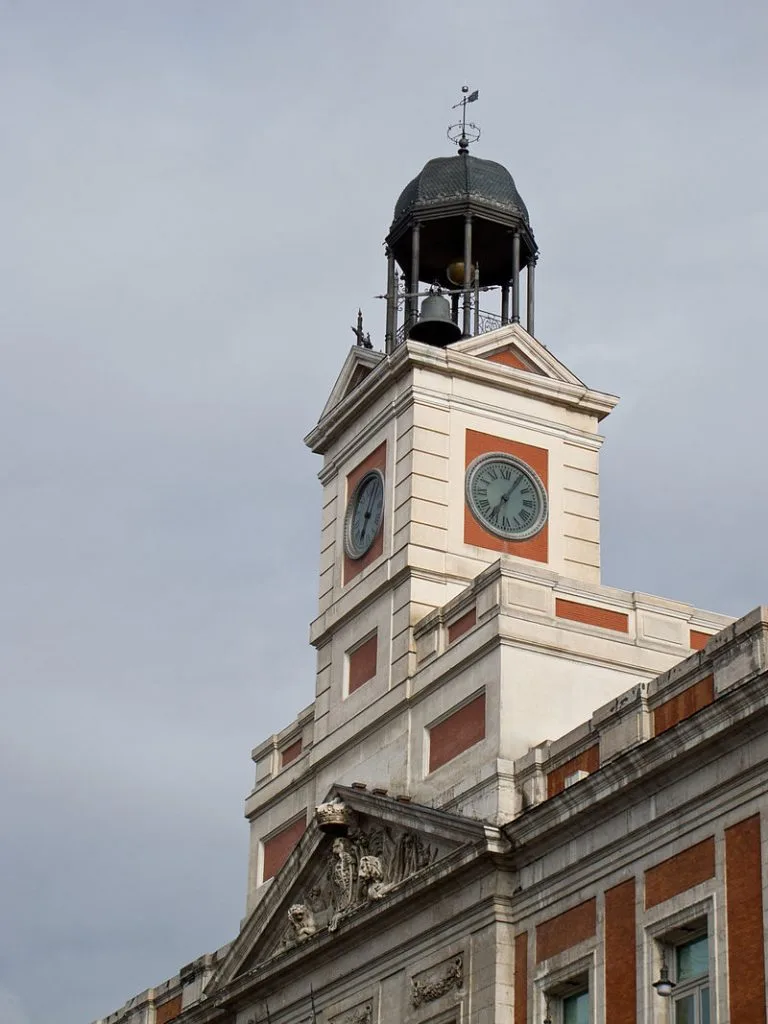
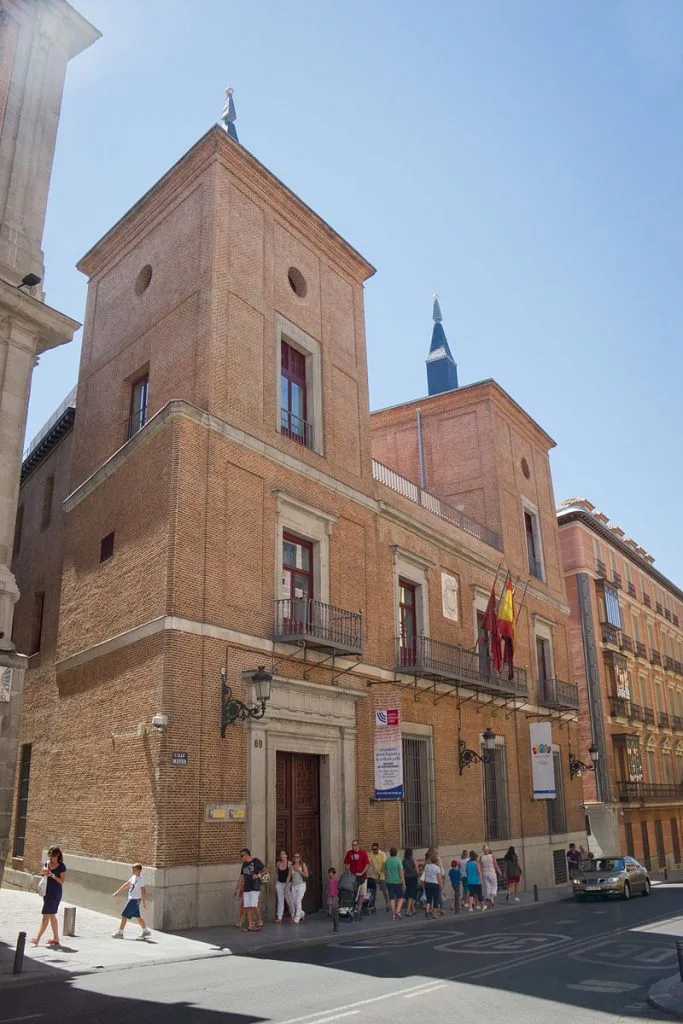
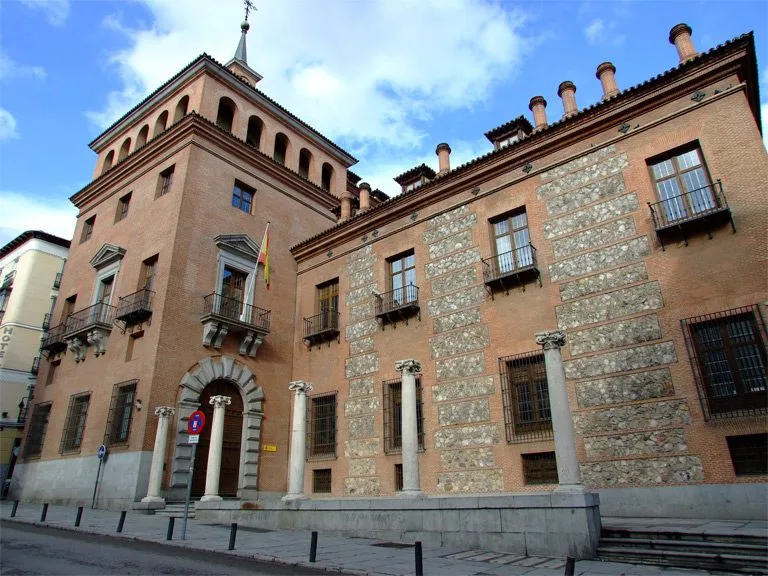
Pingback: Books about Madrid - The Making of Madrid